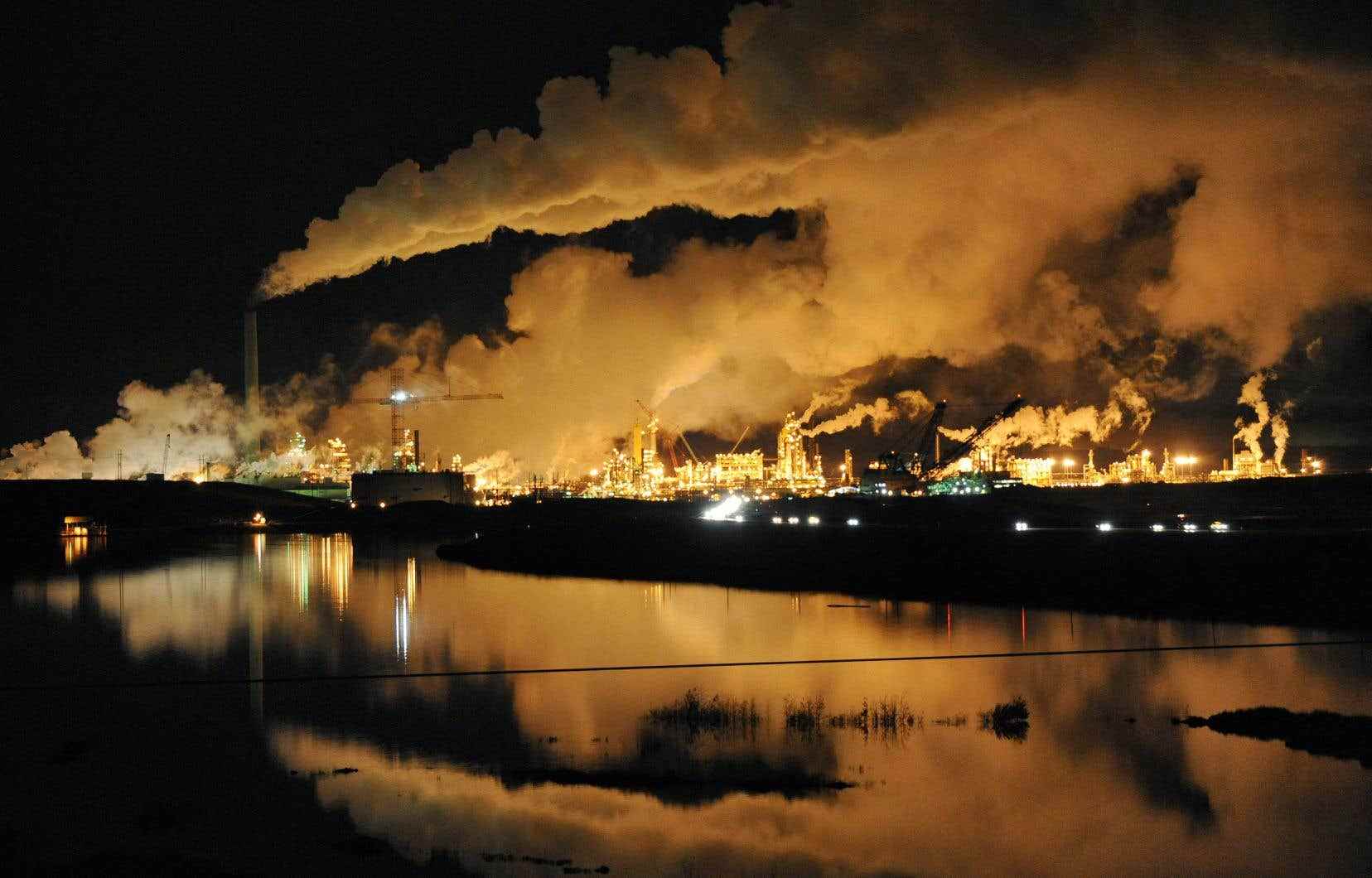Canadian banking institutions are doing poorly on the climate chapter, shows Oxfam-Québec in a new report. If Canada’s eight largest banks formed a country, it would be the world’s fifth-largest emitter of greenhouse gases, says the body, calling on the government to regulate the sector to force it to reduce its environmental footprint .
In a new report produced in collaboration with the Institute for Research in Contemporary Economics (IREC) and the firm Carbon4 Finance, the non-profit organization Oxfam-Québec focused on the extent of the pollution produced thanks to the support finance of Canadian banks. Result: when we study all the assets of the eight major Canadian banks, we realize that they have been used to finance the equivalent of nearly two billion tonnes of greenhouse gas emissions (GHG ) in 2020.
“Spontaneously, when we think of those responsible for pollution, we think of the oil sector or the transport sector, but we must not forget the responsibility of those who finance them,” underlines Catherine Caron, coordinator at Oxfam-Québec.
“Banks are a key player in the transition,” she adds. In Canada, the weight of polluting emissions they finance represents 2.6 times the total carbon weight of Canada. It is both discouraging and hopeful. This means that if we put our energies into changing this sector, the impact on the carbon footprint will be gigantic. »
Very far from carbon neutral
“Behind every polluting project, there is a bank that financed it. But behind every future project too. So that too, we calculated it in the form of emissions saved, ”underlines Mme Because we. These “saved emissions” are the result of financing provided by banks for energy efficiency, renewable energy or carbon capture projects.
When comparing the “saved emissions” of the various banking institutions with those they finance, the former are far from being equivalent to the latter, notes Hubert Rioux, researcher at IREC and main author of the report.
For example, at the Royal Bank of Canada, for every 100 tonnes of GHGs financed, only 7 tonnes are saved thanks to the energy efficiency projects financed. In this respect, the Laurentian Bank is the furthest behind among Canadian banks, whereas for the equivalent of 100 tonnes of GHGs financed, less than 4 tonnes are saved.
To achieve carbon neutrality, the emissions saved must be equivalent to those financed. “However, no bank has a ratio higher than 10%. In other words, none of the eight major Canadian banks has made even one-tenth of the way towards carbon neutrality,” explains Mr. Rioux.
“If we wait for each institution to make efforts on a voluntary basis, it will not happen quickly enough to limit global warming,” says Ms.me Because we. This is why Oxfam-Québec is asking public authorities to develop a regulatory framework for sustainable finance.
Among other things, the organization calls for banks to be required to publish an action plan by 2025 aimed at achieving carbon neutrality for their portfolios by 2050 – which would detail precisely the means to achieve this – and that governments establish clear standards to regulate financial products considered “green”, sustainable or responsible.
Oxfam-Québec is also advocating for the adoption of the federal bill on climate-aligned finance (S-243), tabled last spring by independent senator Rosa Galvez.
